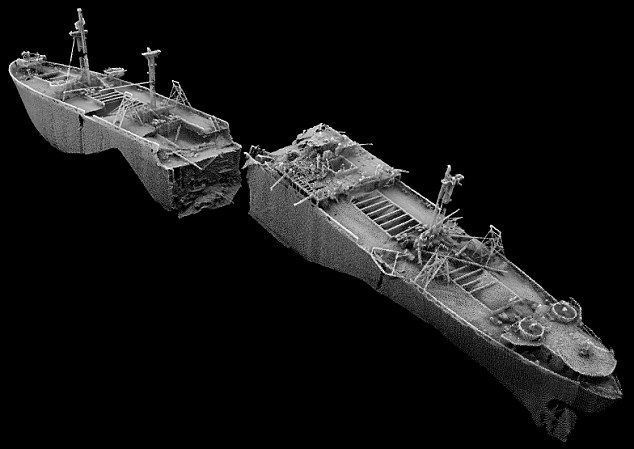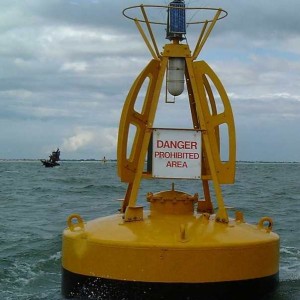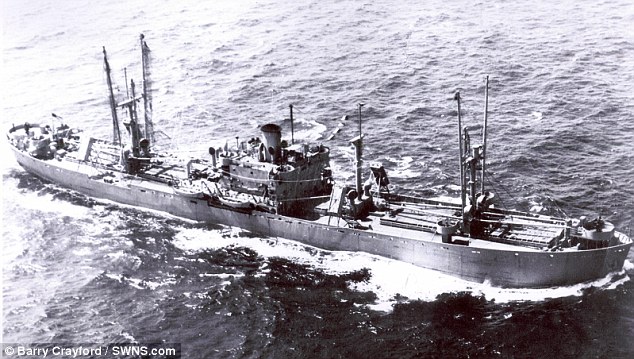3D Technology May Be Key to Removing Tons of Explosives from WWII-Era Shipwreck
This story reads like an edge-of-your-seat Hollywood action adventure film. The best stories are always true and, better still, in this one 3D technology is the hero.
n 1944, during the Second World War, the SS Richard Montgomery, an American Liberty ship built in 1943, wrecked in the Thames Estuary near Sheerness, UK not far from the large city of Kent. The ship, which had departed from Hog Island, Philadelphia in August and was heading for Cherbourg, France, was one of nearly 3,000 used during the war to carry cargo. When it sustained a devastating crack after dragging anchor on a sandbank and ultimately sunk, it was carrying 1,500 tons of explosives on board.

Initially, a stevedore company was tasked with removing the volatile cargo from the SS Richard Montgomery but after only a day into the effort, the hull of the ship had cracked open, complicating the removal of the explosives. The removal effort continued for nearly a month but then was abandoned in late September of 1944. By that time, the ship had broken into two separate parts and the explosives remained on board.
The SS Richard Montgomery is, in essence, a “ticking time bomb.” The approximately 2,000 cases of cluster bombs and the hundreds of standard bombs, each of which weighs almost 1,000 lbs., have the potential to cause enormous damage. According to one historian, “the blast could cause a tidal wave,” and, warned New Scientist magazine in a 2004 article, “if the ship exploded, it would create one of the biggest non-nuclear blasts ever seen and would devastate the port of Sheerness, causing up to £1 billion (around $1.4 billion) damage.”
Probably obviously, monitoring the condition of the explosives that are still on board the SS Richard Montgomery is of critical importance and this is where cutting-edge 3D technology comes in. The Maritime Coastline Agency, which spends around £40,000 (a little over $57,000) monitoring the ship 24/7 for years, recently used “multi-beam sonar technology” to create a remarkably detailed, 3D image of the ship. The incredible, high-resolution image allows the MCA, scientists and technicians to actually look inside of the hold of the vessel and to get a clearer sense of the position and state of the explosives.
The MCA did not indicate what the next steps might be in the high-stakes drama of the wreck of the SS Richard Montgomery but it seems clear that 3D technology will continue to play a key role in monitoring the ship and, hopefully, facilitating the long-awaited removal of the decades-old explosives that threaten the English coast. Tell us your thoughts on this issue in 3D Technology May Help Remove Explosives forum over at 3DPB.com.
—The article is from 3D PRINT.COM

